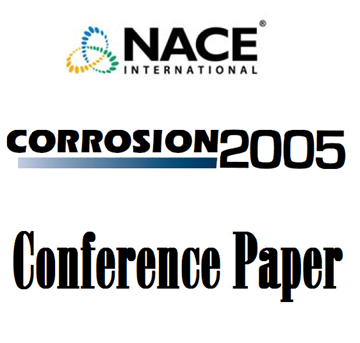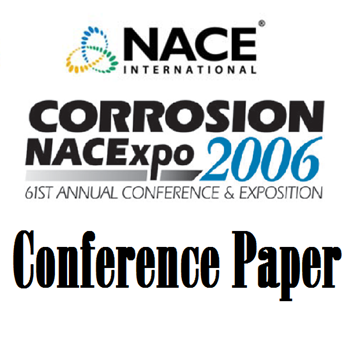Search
Mechanistic Correlations Between Single and Multicomponent Corrosion Inhibitor Blends for CO2 Corrosion Control
Also Purchased
05551 CO2 Corrosion Prediction Model - Basic Principles
Product Number:
51300-05551-SG
ISBN:
05551 2005 CP
Publication Date:
2005
$20.00
06112 FUNDAMENTAL ASPECTS OF CO2 METAL LOSS CORROSION – PART II: INFLUENCE OF DIFFERENT PARAMETERS ON CO2 CORROSION MECHANISMS
Product Number:
51300-06112-SG
ISBN:
06112 2006 CP
Publication Date:
2006
$20.00




